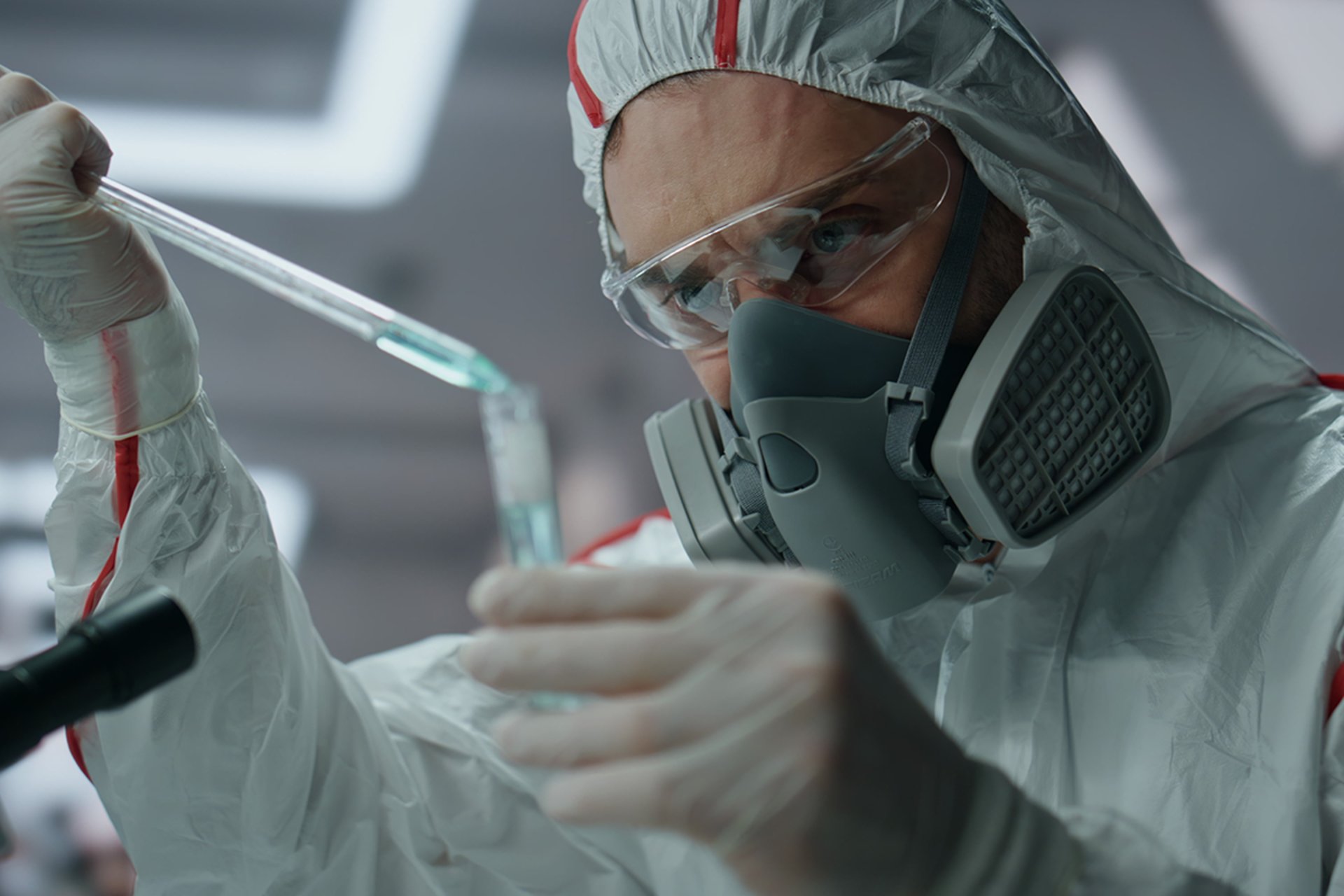
The Science of Eco-Friendly Meth Cleanup: How Green Chemistry Makes a Difference
The Problem with Conventional Meth Cleanup
Most decontamination methods prioritize speed over sustainability, leaving a hidden environmental toll:
Toxic Chemical Use: Solvents like bleach or ammonia release volatile organic compounds (VOCs), polluting indoor air and outdoor ecosystems.
Energy Waste: High-heat treatments and industrial fans consume excessive electricity, contributing to carbon emissions.
Hazardous Byproducts: Contaminated materials often end up in landfills, where toxins leach into soil and groundwater.
The result? A “clean” space that harms the Earth.
Green Chemistry, Nature’s Blueprint for Cleanup
Green chemistry is the science of designing products and processes that reduce or eliminate hazardous substances. At [Company Name], we apply its principles to meth decontamination in three key ways:
1. Biodegradable Solvents
Plant-Based Cleaners: Derived from citrus, corn, or hemp, these solvents break down meth residues through natural enzymatic reactions. Unlike traditional chemicals, they decompose harmlessly into water and carbon dioxide.
How It Works: The surfactants in our cleaners “grab” meth particles, encapsulating them for safe removal without corrosive side effects.
2. Energy-Efficient Remediation
Cold Plasma Technology: Ionized gas particles neutralize meth residues at room temperature, slashing energy use by up to 70% compared to thermal treatments.
Solar-Powered Equipment: Our air scrubbers and HEPA filters run on renewable energy, ensuring zero emissions during operation.
3. Closed-Loop Waste Systems
Mycoremediation: We use fungi like Pleurotus ostreatus (oyster mushrooms) to digest toxic waste, transforming contaminants into harmless organic matter.
Material Recycling: Metals, plastics, and glass from meth labs are purified and repurposed, diverting 95% of waste from landfills.
The Bigger Picture, Environmental Benefits of Green Cleanup
Reduced Carbon Footprint: Our methods cut CO2 emissions by 65% compared to conventional cleanup.
Water Protection: Zero chemical runoff ensures rivers, lakes, and aquifers remain uncontaminated.
Biodiversity Boost: Restored sites become habitats for pollinators, birds, and native plants.
Conclusion: Cleaning Meth, Respecting the Earth
Meth decontamination doesn’t have to be a choice between human safety and environmental health. Through green chemistry, we’re proving that science can—and must—work in harmony with nature.
At Meth Eradication, every cleanup is a step toward a world where sustainability isn’t an afterthought, it’s the foundation.
Ready to see how green chemistry can transform your contaminated space? Contact us for a science-backed, eco-friendly cleanup that protects what matters most.


